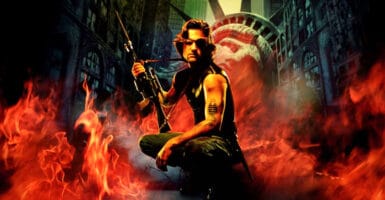Star Trek And Star Wars: The Biggest Differences
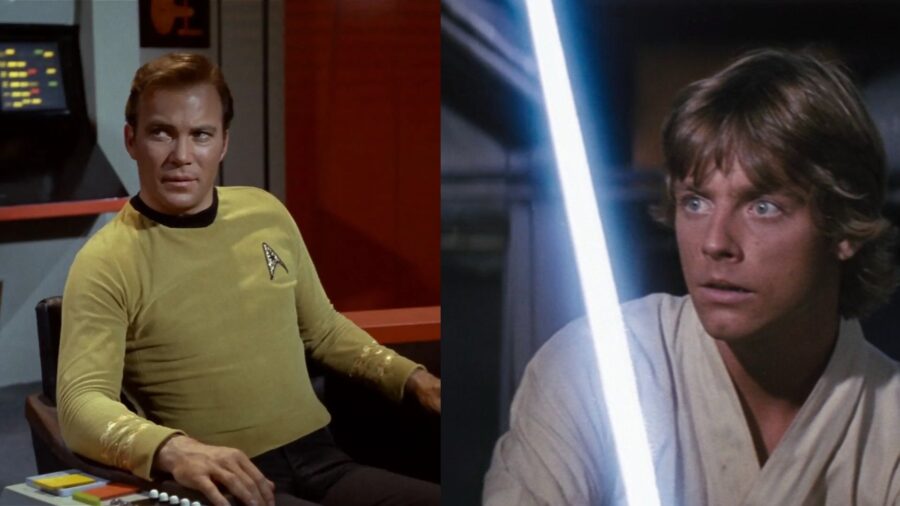
When I ask what the biggest differences are between Star Trek and Star Wars, I’m not talking about things like who uses phasers and who uses lasers, or who has hyperdrive and who has warp drive. I mean what are the different universes like? What would it be like to live in the galaxy Gene Roddenberry built versus that which was conceived by George Lucas?
Here’s what we think are truly the biggest differences between Star Trek and Star Wars.
The Federation Is More Stable Than The Republic
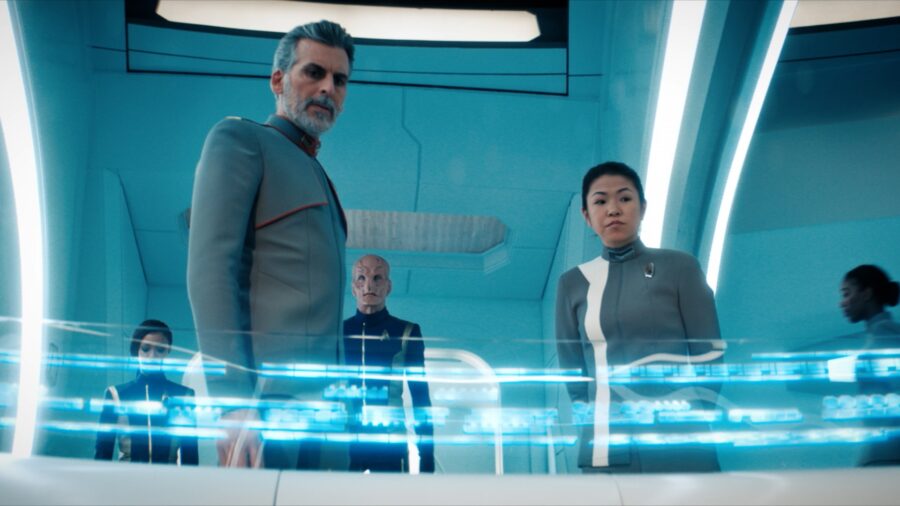
Even at its lowest point, the United Federation of Planets (UFP) of Star Trek has never been quite as easy to either fracture or to dominate as the Republic of Star Wars, or any of its iterations. There have certainly been instances of the UFP proving itself to be more corrupt than most would think possible, and military conflicts — like the Dominion War — in which Starfleet has been crippled. But the UFP has never been either entirely wiped out or transformed into a tyrannical state.
Even in the 32nd century, as we see starting in Season 3 of Star Trek: Discovery, while the Federation is initially just a shell of what it once was, it never goes away entirely. An event called The Burn renders warp travel all but impossible, stretching the Federation member worlds thin, and forcing the bulk of the UFP to secede. But even though it’s smaller, the UFP never goes away for good.
The Republic Is More Powerful Than The Federation
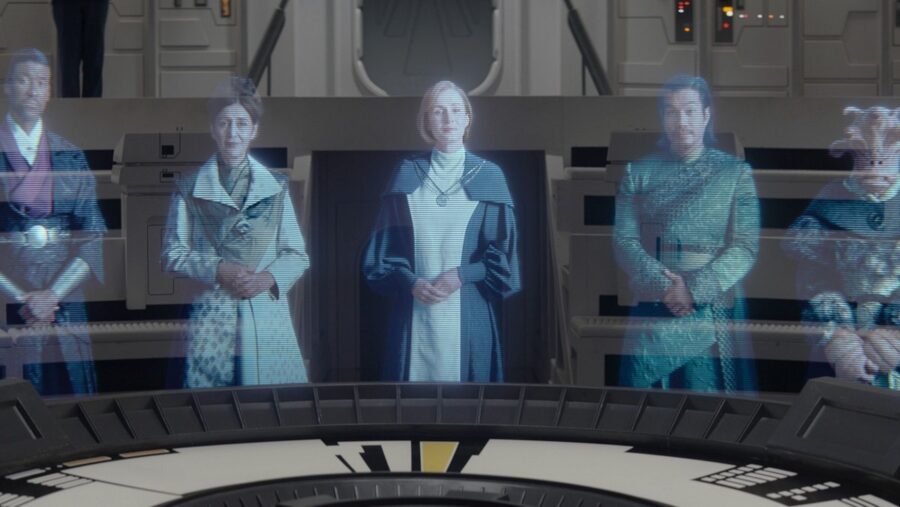
Whether it’s the Republic, the Empire, or the First Order, whoever the dominant force is in the Star Wars galaxy at any given time seems to have to deal with very few challenges from outside parties, with the exception of whatever rebellion happens to be fighting them. For example, in The Mandalorian and Ahsoka we may see the New Republic struggling with the remnants of the defeated Empire, but you rarely if ever hear of any other large, organized forces moving against them. Sure, there may be crime syndicates that won’t cooperate with them, or will only work with them on a limited basis, but they’re not waging war against them.
Meanwhile the United Federation of Planets has no end of rival galactic governments they struggle to keep the peace with. The most well known are the empires held by the Romulans, Klingons, the Dominion, and the Borg. You can add to that the Tholian Assembly, the Gorn Hegemony, the Q Continuum, the Cardassian Empire, the Xindi, and the mysterious Breen.
In Star Trek, Exploration Is The Point
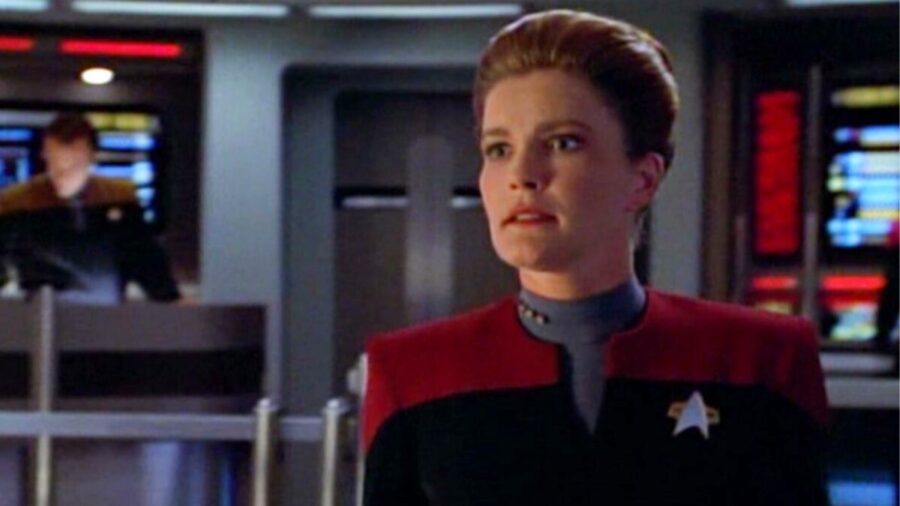
The heroes of both Star Trek and Star Wars regularly visit worlds that either have never been visited before, or rarely so. The difference is when a Starfleet captain goes to a new place, it’s usually simply for the benefit of exploring a new place. But your average Jedi or Star Wars bounty hunter explores the unknown only as a means to an end.
For example, when the titular hero of Ahsoka and her allies journey to a brand new galaxy, they don’t do it to study the fauna or to map the stars: they do it stop Thrawn and to save Ezra Bridger. But after the heroes of Star Trek: Deep Space Nine discover a stable wormhole leading to the other side of the galaxy, they keep going through it not to save or stop anyone, but because they know so little about what’s on the other side.
Star Trek: Voyager‘s Kathryn Janeway would likely enrage your average scruffy lookin’ nerf herder. The fact that her crew is stuck over seven decades away from home and yet she continues to make stops for the sake of exploration — which, more often than not, risk the lives of everyone on the ship — would drive Han Solo and his colleagues nuts.
The Force
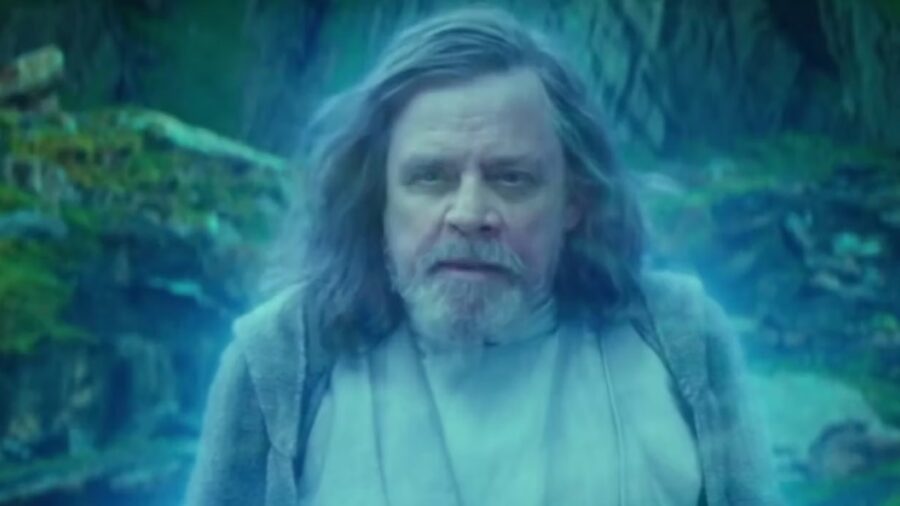
More than anything else, the heroes of Star Trek would find The Force of Star Wars difficult to accept. The notion that there is something threading through every person and every thing in the universe that governs the fates of all would not be something your average Starfleet officer would embrace. In particular, they would not like the idea that certain people, i.e. Jedi, would enjoy a good deal of privilege and elevated status in society because of their connection to the Force.
Star Wars Aliens Are More Inclusive
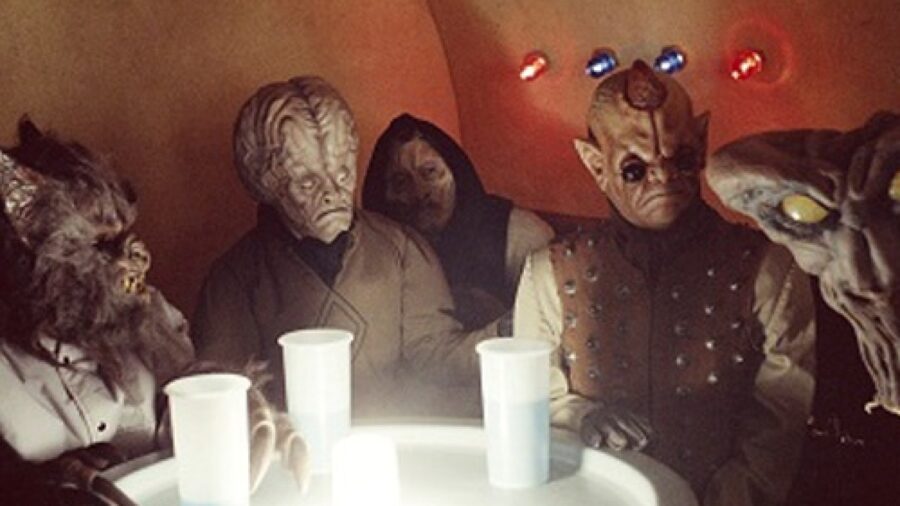
Ironically, considering all the positive messages about tolerance Star Trek has sprinkled throughout its franchise, the varied intelligent species of Star Wars act much more inclusive and tolerant than their Trek counterparts (except when it comes to droids).
While there are certainly places in the Star Wars universe where one race seems to rule the roost, the franchise is known for scenes involving dozens of different species mingling peacefully. Whether we’re talking about Jabba’s Palace on Tatooine or the Jedi Temple on Coruscant, it’s who you are and how you act that determines whether or not you’re allowed entry; not your species.
Think of the Mandalorians. What determines whether or not you’re Mandalorian? Well, judging by Disney+‘s The Mandalorian, whether or not you actually are from Mandalore doesn’t seem to be a major factor. Neither Din Djarin nor Grogu are from the devastated planet, and yet by the end of Season 3 both are considered Mandalorians.
If you’re a character in Star Trek, you have to worry much more than those in Star Wars about where you go and what you look like. If you’re a Cardassian, stopping at a Bajoran run space station might not be the best idea. If you’re a Vulcan looking for a new best friend, Andoria might not be your first stop. Tribbles hate Klingons, Klingons hate Romulans, and Romulans hate freaking everybody.












